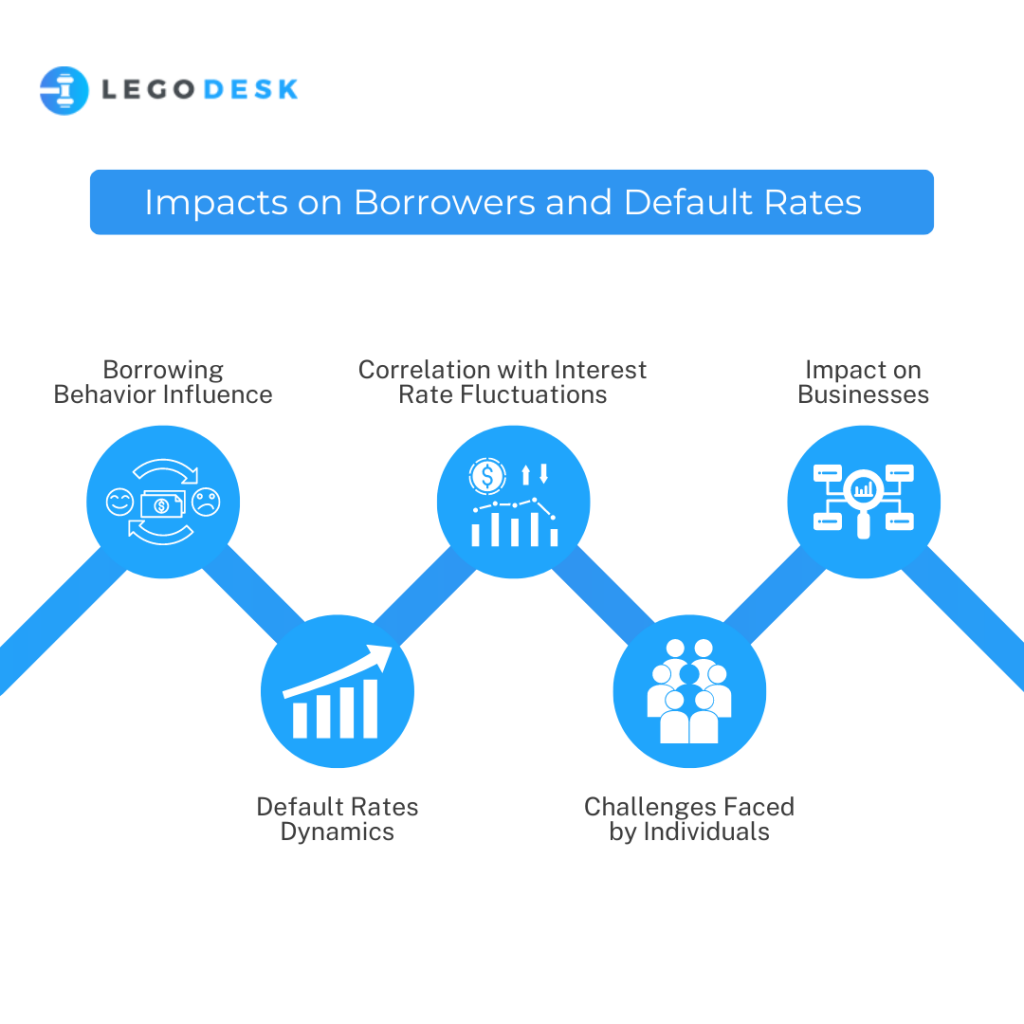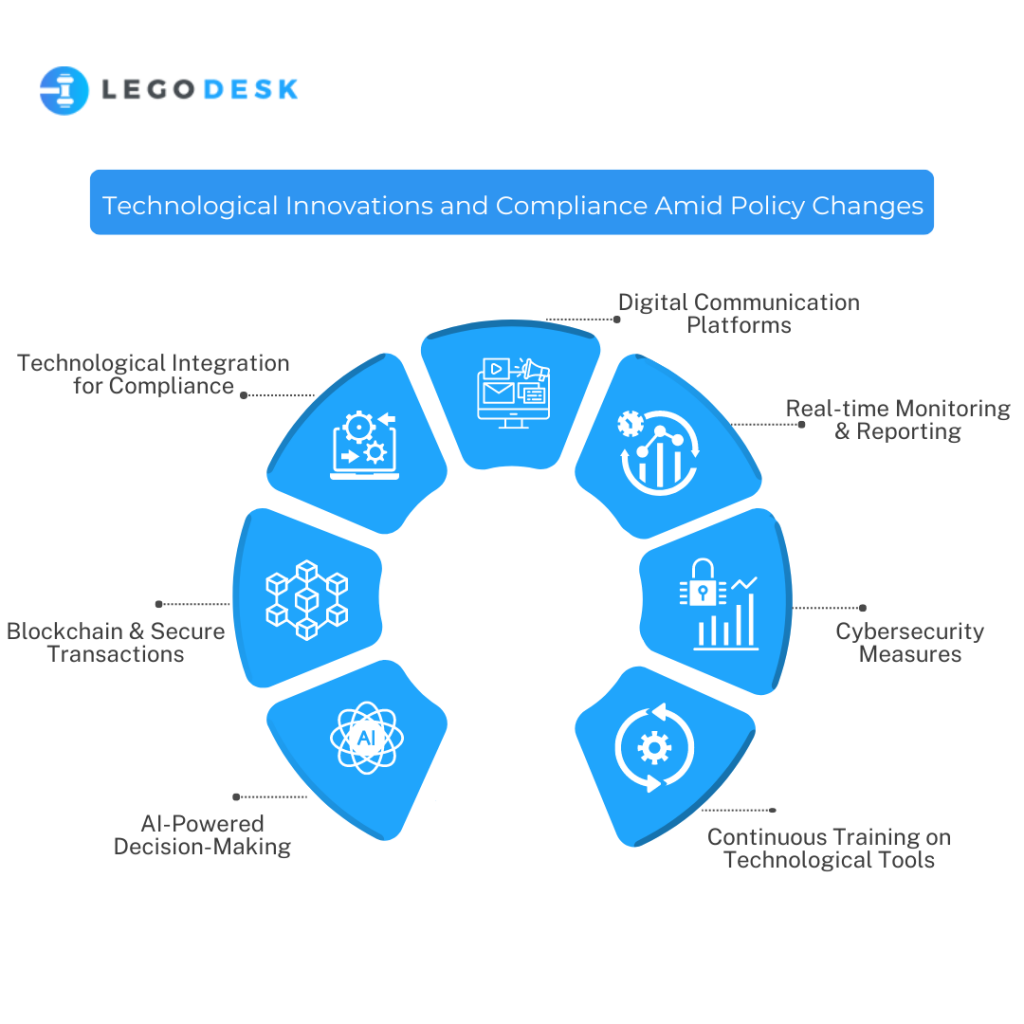How RBI policies are impacting collections agency?
Introduction to RBI Policies and Their Evolution
The Reserve Bank of India (RBI) stands as the country’s central banking institution, wielding a pivotal role in shaping India’s monetary policies. Charged with the responsibility of regulating the nation’s currency and credit systems, the RBI plays a crucial role in maintaining financial stability and fostering economic growth. Delving into its historical context, the evolution of RBI policies reflects a dynamic response to the ever-changing economic landscape. From initial frameworks to contemporary strategies, key shifts in policies have occurred over time, addressing diverse challenges and aligning with global financial trends. Understanding this evolution is essential for contextualizing the current impact of RBI policies on various sectors, including collections agencies.
The Interplay Between RBI Policies and Economic Conditionstecn
The intricate interplay between RBI policies and economic conditions is evident in the dynamic relationship with key indicators. Fluctuations in interest rates, inflation targets, and liquidity serve as vital instruments that shape the broader financial landscape. Adjustments made by the RBI in these policy domains ripple through the economy, influencing borrowing behaviors, investment decisions, and overall economic vitality. Understanding this symbiotic relationship is crucial for dissecting the impact of RBI policies on collections agencies, as they navigate a landscape shaped by these fundamental economic factors.
Impacts on Borrowers and Default Rates

Borrowing Behavior Influence:
RBI policies wield a substantial impact on borrowing behaviors, shaping the decision-making processes of individuals and businesses. Changes in interest rates and liquidity conditions directly influence the cost and availability of credit, prompting borrowers to adjust their approach to loans and financial commitments.
Default Rates Dynamics:
The overall default rates in the economy are intricately linked to the shifts in RBI policies. Fluctuations in interest rates, inflation targets, and liquidity levels can contribute to changes in borrowers’ ability to meet their financial obligations, subsequently affecting the prevalence of defaults.
Correlation with Interest Rate Fluctuations:
An in-depth analysis reveals a notable correlation between interest rate fluctuations and the financial capabilities of borrowers. Higher interest rates can increase the burden on borrowers, potentially leading to a rise in default rates, while lower rates may encourage borrowing but might also pose challenges for lenders in managing risk.
Challenges Faced by Individuals:
Individuals may experience challenges in managing debt when interest rates rise, impacting the affordability of loans and credit card balances. Economic conditions influenced by RBI policies can create a scenario where borrowers, especially those with variable-rate loans, face increased financial strain.
Impact on Businesses:
Businesses, reliant on credit for expansion and operations, navigate a complex landscape as RBI policies shape the cost and availability of capital. Default rates among businesses may fluctuate in response to changes in borrowing costs, impacting their financial stability and ability to meet obligations.
Collections Agency Strategies in Response to Policy Shifts
Adapting to Regulatory Shifts:
Collections agencies proactively adjust their strategies to align with changes in RBI regulatory frameworks. Ongoing monitoring of policy updates ensures compliance, with agencies refining their practices to meet evolving legal requirements.
Interest Rate Sensitivity:
Strategies are finely tuned to the fluctuations in interest rates influenced by RBI policies. During periods of higher interest rates, collections agencies may employ more flexible repayment plans or negotiate settlements to accommodate borrowers facing increased financial strain.
Economic Indicator Response:
Collections agencies closely track key economic indicators affected by RBI policies, such as inflation and unemployment rates. Dynamic response mechanisms are in place to address challenges arising from economic indicators, allowing agencies to tailor their approaches based on prevailing economic conditions.amid
Technological Integration:
Embracing technological advancements is a cornerstone of collections agency strategies amid policy shifts. Digital tools and data analytics are harnessed to enhance efficiency, streamline operations, and ensure that strategies remain adaptive to the fast-paced changes influenced by RBI policies.
Diversification of Recovery Approaches: Collections agencies diversify their recovery approaches to navigate the complexities introduced by policy shifts. This may involve a combination of traditional debt collection methods, negotiation, and, in some cases, the exploration of alternative dispute resolution mechanisms
.
Client Communication and Education: Proactive communication with clients is a vital aspect of collections agency strategies in response to policy shifts. Agencies focus on educating clients about the potential impacts of RBI policies on debt recovery, setting realistic expectations and fostering collaborative efforts to navigate challenging economic landscapes.
Technological Innovations and Compliance Amid Policy Changes

Technological Integration for Compliance: Collections agencies are increasingly relying on technological innovations to ensure compliance with ever-evolving RBI policies. Advanced data analytics and compliance management systems play a pivotal role in automating and streamlining processes, helping agencies adhere to the latest regulatory requirements.
Blockchain and Secure Transactions: The adoption of blockchain technology enhances security and transparency in financial transactions, aligning collections agencies with the demand for heightened data protection outlined in updated RBI policies.
AI-Powered Decision-Making: Artificial Intelligence (AI) is leveraged for smarter decision-making processes, allowing collections agencies to assess risk, predict borrower behavior, and optimize resource allocation in line with changing policy dynamics.
Digital Communication Platforms: Technology facilitates compliant and efficient communication with debtors, with collections agencies utilizing digital platforms to engage borrowers in a transparent and legally compliant manner.
Real-time Monitoring and Reporting: Advanced technological tools enable real-time monitoring of collections activities, ensuring agencies promptly adjust strategies in response to policy changes, thereby maintaining compliance and effectiveness.
Cybersecurity Measures: With the increasing digitization of debt collection processes, collection agencies invest in robust cybersecurity measures to protect sensitive financial information, aligning with RBI policies aimed at safeguarding consumer data.
Continuous Training on Technological Tools: Collections agencies prioritize ongoing training to equip staff with the skills needed to navigate and maximize the benefits of technological tools in compliance with RBI policies, fostering a culture of innovation and adaptability.
Conclusion
In conclusion, the future landscape for collections agencies necessitates a forward-thinking approach to anticipate and adapt to potential shifts in RBI policies. As the regulatory environment continues to evolve, agencies must remain vigilant to forthcoming changes in interest rates, economic indicators, and compliance standards. Proactive preparation is key, involving continuous monitoring of policy developments, embracing technological advancements, and fostering adaptability in recovery strategies. By staying abreast of potential policy shifts, collections agencies can position themselves strategically, ensuring resilience and sustainability in an ever-changing financial landscape. This proactive stance not only fortifies their ability to navigate challenges but also enables them to uphold the highest standards of compliance and efficacy in debt recovery efforts.